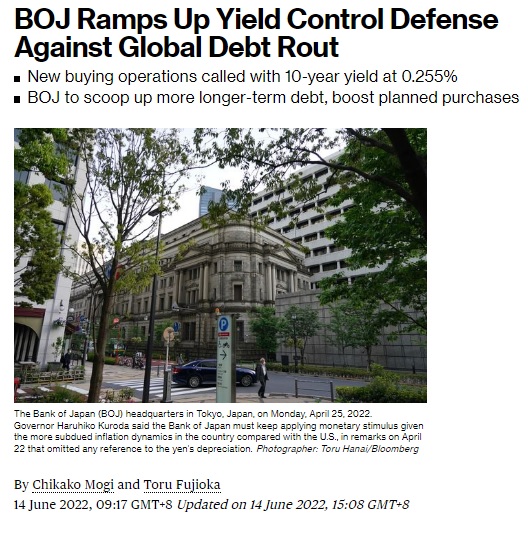China, the world’s second largest economy has seen its economy tapering off, through the supply chain disruptions caused by brutal and rolling lockdowns caused by the China Covid suppression policies and sweeping changes to its mega tech companies. President Xi Jinping earlier this month was re-elected to power for a third term and appointed his allies in key positions of power further raised concern about the strengthening of government control over the economy and companies operating in China. Xi’s emphasis on “Common Prosperity” indicate that the regime is leaning more towards a leftist ideology. There is no clarity whether the regime will support capitalism or free-market forces to the extent they have done in the past
But in the midst of this doomsday-like outlook, compared to 28,543 points on January 2, 2020—just as COVID-19 had started to spread—the Hang Seng traded to today’s low at 14597 is making its valuation compelling . The price to earnings multiple, a measure of valuation, has come down to 5.3 times from 16 times over the same period. Though the valuations are attractive but investors still lacks understanding of how things are changing on the ground and are choosing to wait for more clarity before jumping in.
Something Caught My Eye Today
The Hang Seng Tech Index ETF (3032.HK) which tracks the Big HK Tech Companies has shown sign of capitulation on unprecedented trading volume on 24 Oct which is a indicator of investor’s throwing in their last towel. The epi centre of the HSI decline has been the HK tech stocks and we are seeing some sign of short term bottoming. There is a good potential for a 10 to 15% rebounding coming soon . 3032.HK trades at 2.89, a rebound to 3.18 to 3.40 could be on the cards in the short term







